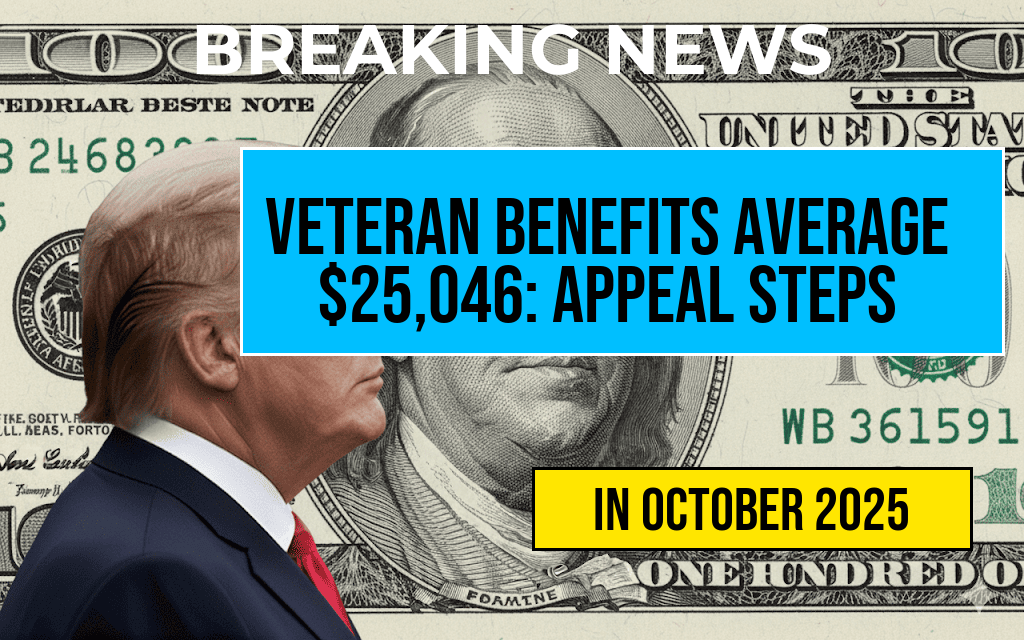In a significant development for American families, recent estimates suggest that middle-income households could benefit from an average tax cut of $1,510 in the upcoming fiscal year. This adjustment aims to alleviate financial pressures on families, particularly in light of rising inflation and increased living costs. The proposed tax reform, part of a broader economic strategy, is designed to provide financial relief and stimulate consumer spending, which has been sluggish in various sectors. With the tax cuts, policymakers hope to enhance disposable income for millions of Americans, potentially leading to a boost in the overall economy.
Understanding the Tax Cuts
The potential tax cut for middle-income households stems from proposed changes in the federal tax code, which have been a topic of heated discussion among lawmakers. The initiative is expected to impact households earning between $50,000 and $150,000 annually, with many families anticipating the benefits.
Key Features of the Tax Reform
- Increased Standard Deduction: A higher standard deduction may reduce taxable income for many, resulting in lower overall tax liability.
- Child Tax Credit Expansion: An increase in the child tax credit could provide additional financial support to families with children.
- Income Tax Rate Adjustments: Adjustments to income tax brackets could alleviate the tax burden on middle-income earners.
Potential Economic Impact
Economists suggest that these tax cuts could lead to an increase in consumer spending, a vital driver of economic growth. With more disposable income, families may feel more confident making purchases, contributing to a more robust economy. Additionally, the tax cuts could stimulate job creation as businesses respond to increased demand.
Concerns and Criticisms
Despite the anticipated benefits, some critics raise concerns regarding the long-term implications of tax cuts. They argue that without corresponding reductions in government spending, such measures could exacerbate the national deficit. Furthermore, there are apprehensions that the cuts may disproportionately favor higher income brackets if not structured carefully.
Comparative Analysis
| Income Bracket | Average Tax Cut |
|---|---|
| Under $50,000 | $800 |
| $50,000 – $100,000 | $1,510 |
| $100,000 – $150,000 | $2,000 |
| Over $150,000 | $2,500 |
What Households Can Do
Middle-income families are encouraged to stay informed about these tax changes and consider how the potential savings could impact their financial planning. It may be beneficial to consult with tax professionals to understand the implications of the new tax structure on individual circumstances. Families can also explore ways to budget and allocate potential savings effectively.
Resources for Further Information
For those seeking to understand more about the tax changes and their implications, authoritative resources include:
As discussions around the tax plan continue, the potential for middle-income households to receive substantial tax relief could represent a pivotal moment in U.S. economic policy, with implications that extend beyond immediate financial benefits.
Frequently Asked Questions
What is the average tax cut expected for middle-income households?
The average tax cut for middle-income households is projected to be around $1,510.
Who qualifies as a middle-income household?
A middle-income household typically refers to families earning between specific income thresholds, which can vary by location and household size, but generally includes those within the median income range.
When will these tax cuts take effect?
The tax cuts for middle-income households are expected to take effect in the upcoming tax year, though specific dates may vary depending on legislation approval.
How will the tax cuts impact the overall economy?
The expected tax cuts for middle-income households could lead to increased consumer spending, which in turn may boost the overall economy and stimulate growth.
Are there any conditions or limitations on these tax cuts?
Yes, the tax cuts may come with certain conditions or limitations, such as income thresholds or specific eligibility requirements that need to be met to qualify.








